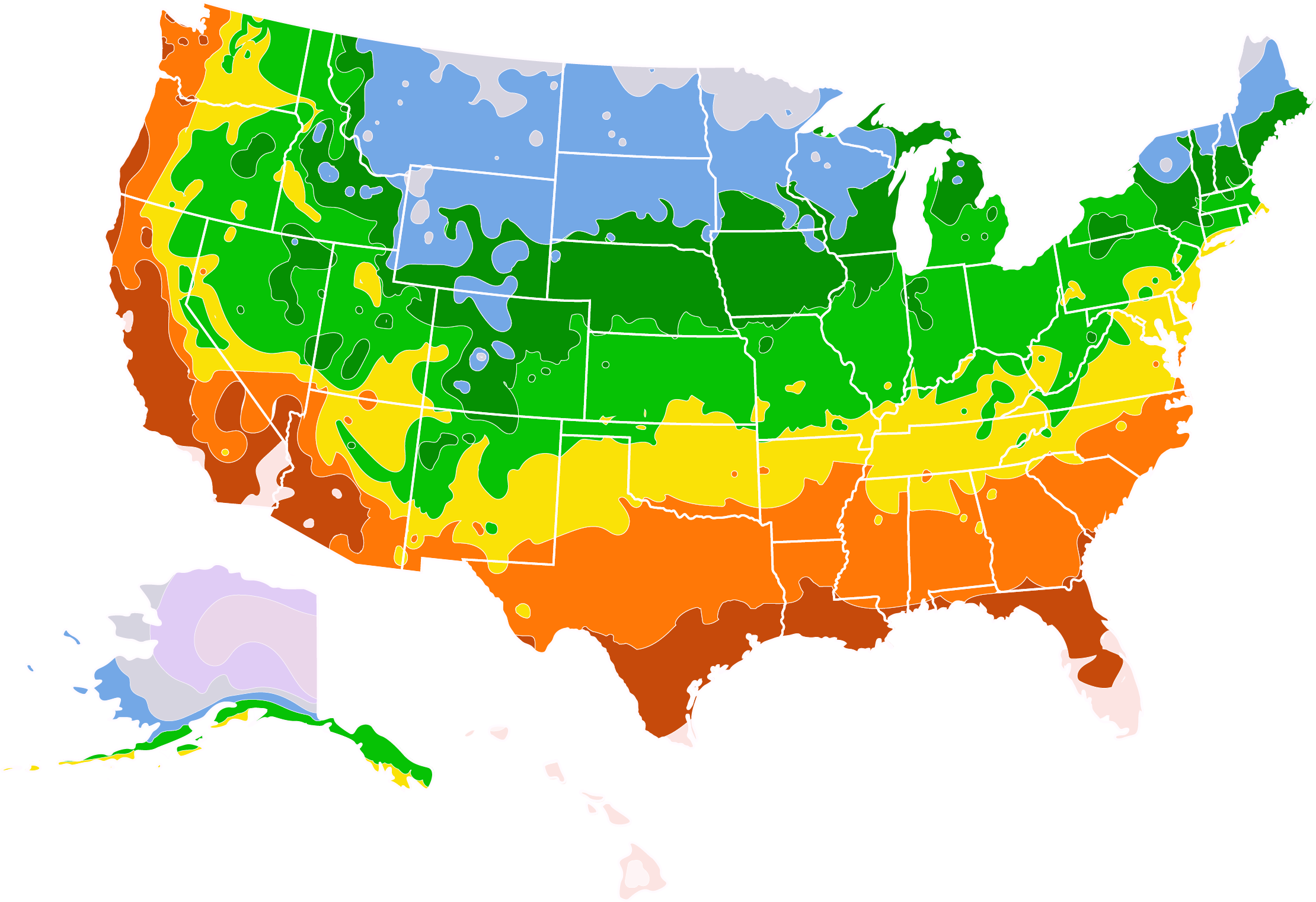- Home >
- Nut Trees >
- Black Walnut Trees
Black Walnut Trees for Sale - Buying & Growing Guide
- Ships in 1-2 days
- 1-Year Warranty Eligible
- Pots or accessories are not included unless specified in the product options.
Shipping Details:
Once your order is shipped, you’ll receive an email with a tracking number and estimated delivery date. Most orders ship immediately, but some items are seasonal and may only ship in spring or fall. These products are noted on the website.
Black walnut trees (Juglans nigra) are one of North America’s most valuable native trees. Producing some of the world’s tastiest nuts, they are also prized for their unique hardwood. The beautiful, easily worked wood is sought after and commands a high price. Here are some other notable facts about black walnut trees:
- The nuts can be used whole, ground into flour, and in stews.
- They may soar to over 120 feet with a canopy spread 50 feet in diameter.
- They’re safe around most livestock, except horses.
Plant Care
Sunlight
Grows best in full sunlight, at least six hours per day.
Watering
Does not survive in dry soil conditions. Water deeply and regularly in the growing season to reach deep taproot.
Fertilizing
Fertilize in the early spring. Use a fertilizer that has plenty of nitrogen.
Planting and Care
Planting instructions
Choose where you plant your beautiful new black walnut tree with care. Every part of the tree except for the nutmeat produces a chemical called juglone, which will kill most plants or trees nearby.
Black walnut trees thrive in a wide range of soils but prefer a rich, loam-based soil. The soil can be sandy or silty as long as it is moist and well-draining. Choose a spot that receives good airflow as low lying areas or closed-in spots can lead to frost damage. Black walnut trees bask in full sunlight, but will tolerate some shade.
Before planting your tree, you’ll need to inspect the crown of its root ball to ensure its root collar is not buried. Dig a hole that is wider and deeper than the tree’s root ball and fill it to the point where the root collar is exposed. Burying your tree’s root crown can lead to a host of diseases, pests and even premature death. An auger may be required to reach the proper depth. Once the hole is filled, water deeply.
Planted by itself, a black walnut tree will spread its top out into a stunning canopy of shade. If planted close amongst other trees, it will keep reaching straight up into the sky.
Watering and nutrients
Black walnut trees do not tolerate drought-like conditions. They need heavy watering, especially until their deep taproots establish themselves. These trees may crave moisture, but they can’t stand soggy roots so make sure they don’t stand in water.
Pollination
Black walnut trees bloom in late spring for about two weeks, aided in pollination by various bees and other insects. Several dozen moths and other insect species also call black walnut trees home.
Pests and animals
Black walnut trees are very low maintenance. They are quite hardy and have very few natural pests or issues. Though there are creatures that will steal and enjoy your walnut harvest. These include chipmunks, foxes, squirrels, and woodpeckers.
Harvesting
Black walnuts ripen in the fall and start dropping to the ground. These nuts get quite heavy and can grow to the size of a baseball, so exercise caution around the tree. Pick up those nuts whose skins have turned from green to yellowish-brown or tan. Once the skins have gone completely black, it means the nutmeat has rotted and shouldn’t be consumed.
Wear gloves when harvesting black walnuts. The skins and shells will stain your hands, your clothes, or anything else they touch. You can also boil the skins to make a natural dye that turns fabric a lovely shade of yellow.
Dry black walnuts for a few weeks on a screen or in hanging mesh bags — just be sure they’re protected from squirrels and other thieving critters. They store well for quite a while this way. Shelling and freezing the nutmeat extends that time to approximately two years. Black walnuts are difficult to shell for anyone but squirrels, but roasting them beforehand makes removing their shells easier. There are many shelling methods out there. Two popular ones require using a hammer on concrete or running the car over the nuts in the driveway.
FAQs
Where do black walnut trees grow best?
USDA growing zones 4 through 10 have the best conditions for black walnut trees. This hardy native prefers areas that get at least 25 inches of annual rainfall, but doesn’t like heavy frosts. When the trees are thriving, they will add 12 to 35 inches in height every year. They generally start producing at around 10 to 12 years but can produce fruit as early as five years old.
Are there any plants that grow under or around black walnut trees?
There are a large number of plants and shrubs that are not susceptible to the black walnut’s toxic juglone. Bleeding hearts, marigolds, pansies, and morning glories can grow around black walnuts. You can also grow produce such as beans, garlic, melons, and onions around black walnut trees. Dogwoods, hickories, certain maples, and oaks make good neighbors for black walnut trees.
How long do black walnut trees live?
Individual trees have been known to reach over 200 years of age in forests and old settlements. These older giants were quite common in the eastern United States, but the hot market for their wood has caused a steep decline in their numbers. Domestic black walnuts will grow for several decades or more if not centuries when basic needs are met.
Can parts of the black walnut tree be composted?
It is not advisable to put any parts of your black walnut tree in the compost bin. This includes the dirt anywhere under the canopy. Just as the juglone poisons the ground around the tree, it will also poison your compost. Using this tainted compost anywhere else would spread the juglone poison. It would most likely kill the plants there and destroy that soil too. Burn any debris from your tree or properly dispose of it through your local refuse station.
Compare Similar Products
Customer Reviews
Loving our new tree, thank you very much!!!
It came alive and in one piece. Thank you so much!
Nice big tree love it.






